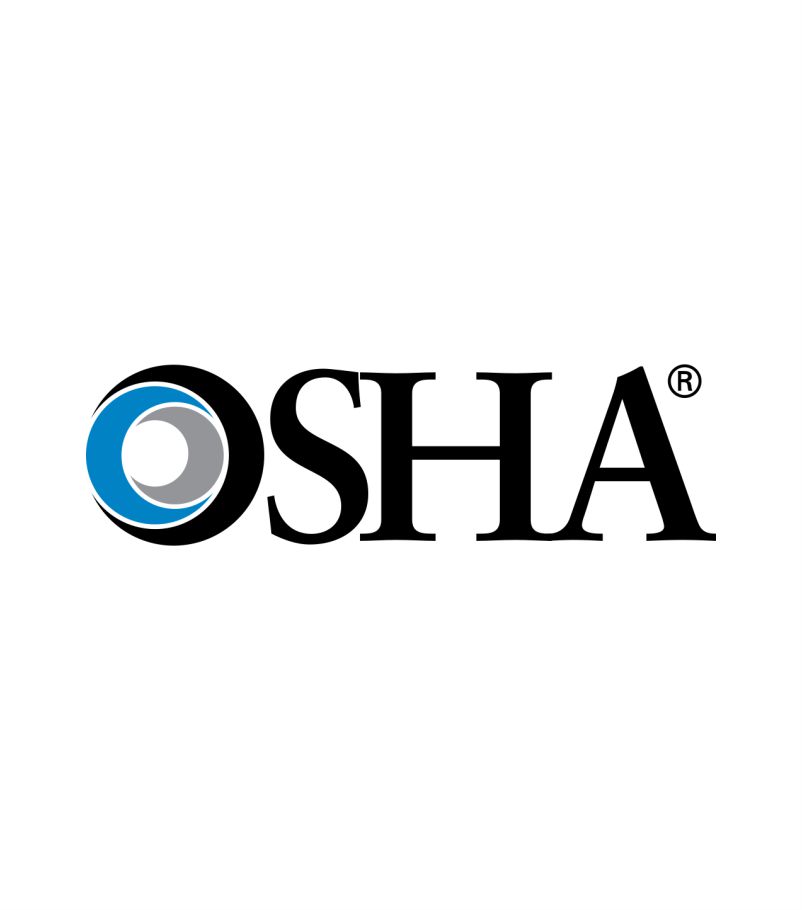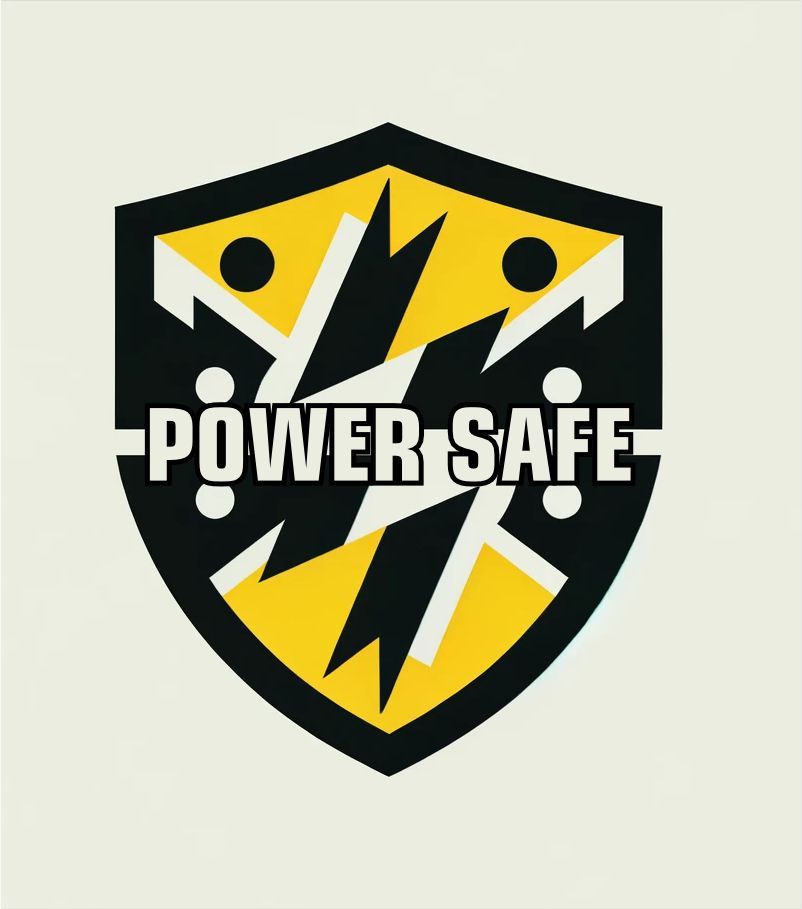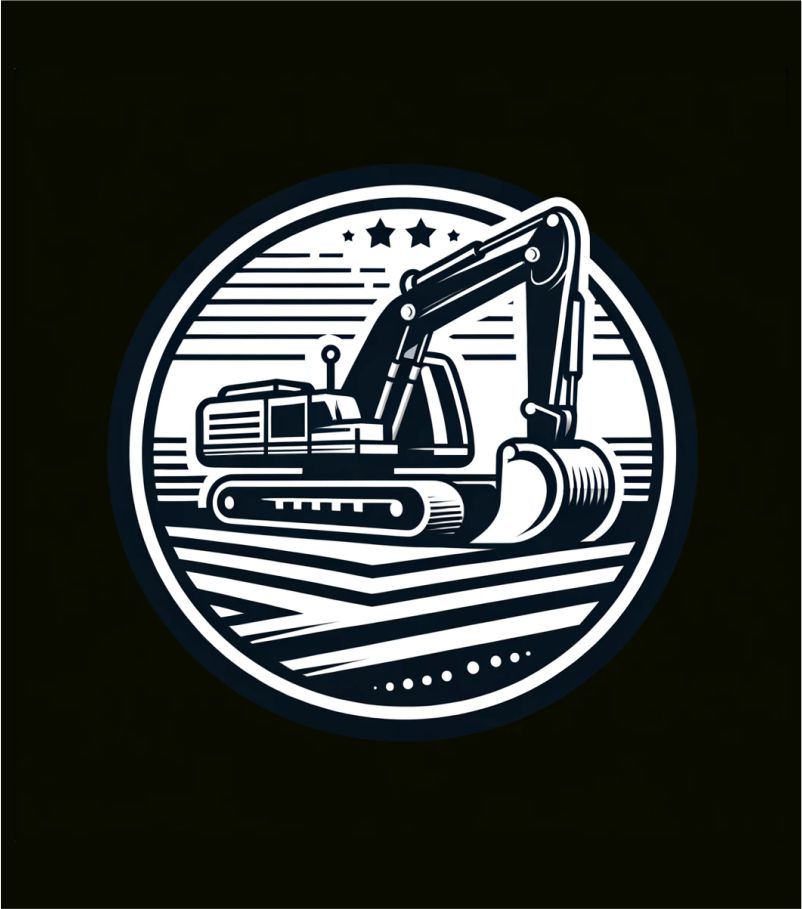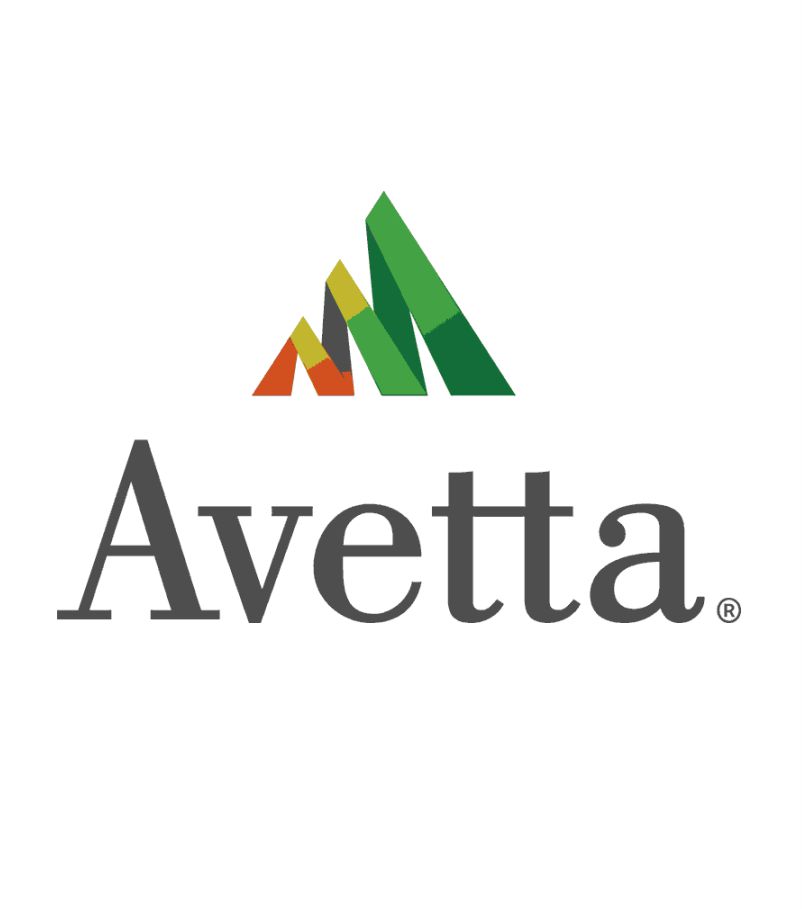
SAFETY
EVERY EMPLOYEE OSHA 10 CERTIFIED
The Occupational Safety and Health Administration (OSHA) 10-hour training is a foundational program designed to ensure a safe and healthy workplace by educating workers and employers about safety responsibilities and practices. This training offers numerous benefits across various industries, from construction to general industry, by focusing on prevention of workplace accidents and understanding of safety regulations.
One of the primary benefits of OSHA 10 training is the enhancement of workplace safety. Participants learn to identify, avoid, control, and prevent job-related hazards. This proactive approach to safety can significantly reduce the risk of workplace accidents and injuries, promoting a culture of safety that benefits everyone. By understanding the basics of occupational safety and health, workers can contribute to creating a safer work environment, which in turn can lead to fewer accidents and lower costs related to workers’ compensation claims.
Another significant advantage of OSHA 10 training is compliance with regulations and laws. The training covers specific safety standards and regulations that apply to different industries, helping businesses and workers comply with federal and state safety laws. Compliance not only helps avoid legal penalties and fines but also enhances the company’s reputation as a safe and responsible employer.
Overall, OSHA 10 training provides essential knowledge and skills to ensure workplace safety, comply with laws and regulations, and improve productivity and job satisfaction. Its benefits extend beyond the individual to the entire organization, contributing to a safer, more efficient, and more compliant workplace.
EVERY MANAGER OSHA 510 CERTIFIED
OSHA 510 training, also known as the Occupational Safety and Health Standards for the Construction Industry course, offers numerous benefits to participants, primarily focusing on enhancing workplace safety and health standards within the construction industry. This training is designed to provide participants with an in-depth understanding of the Occupational Safety and Health Administration’s (OSHA) standards and regulations, aiming to reduce workplace accidents, injuries, and fatalities in construction environments. Below are several key benefits of undergoing OSHA 510 training:
Improved Safety Knowledge and Practices
One of the primary benefits of OSHA 510 training is the comprehensive knowledge it provides on safety practices and standards specific to the construction industry. Participants learn about the most common hazards in construction and the best practices for mitigating these risks, including fall protection, scaffold safety, excavation safety, and electrical safety. This knowledge not only helps in creating a safer work environment but also significantly reduces the risk of accidents and injuries.
Compliance with Regulations
The training equips participants with a thorough understanding of OSHA regulations and requirements, helping employers and employees alike ensure compliance with federal safety standards. This is crucial for avoiding legal issues and fines associated with non-compliance. Moreover, understanding and adhering to these regulations can improve the overall safety culture within an organization, leading to fewer work-related injuries and illnesses.
Enhanced Risk Management
Through OSHA 510 training, individuals gain the skills to identify, assess, and control workplace hazards effectively. This proactive approach to risk management is essential in minimizing the potential for accidents and ensuring a safer work environment. By identifying risks early and implementing appropriate safety measures, companies can save on costs related to accidents and insurance premiums.
Contribution to a Safer Work Environment
Ultimately, the collective knowledge and practices gained from OSHA 510 training contribute to creating a safer and healthier work environment for everyone involved in the construction industry. A safer work environment not only protects workers but also positively impacts productivity, morale, and the overall success of construction projects.
In conclusion, OSHA 510 training offers extensive benefits ranging from individual knowledge enhancement and professional growth to broader impacts on workplace safety and compliance. It represents a critical investment in the well-being of workers and the overall success of the construction industry.
One of the primary benefits of OSHA 10 training is the enhancement of workplace safety. Participants learn to identify, avoid, control, and prevent job-related hazards. This proactive approach to safety can significantly reduce the risk of workplace accidents and injuries, promoting a culture of safety that benefits everyone. By understanding the basics of occupational safety and health, workers can contribute to creating a safer work environment, which in turn can lead to fewer accidents and lower costs related to workers’ compensation claims.
Another significant advantage of OSHA 10 training is compliance with regulations and laws. The training covers specific safety standards and regulations that apply to different industries, helping businesses and workers comply with federal and state safety laws. Compliance not only helps avoid legal penalties and fines but also enhances the company’s reputation as a safe and responsible employer.
Overall, OSHA 10 training provides essential knowledge and skills to ensure workplace safety, comply with laws and regulations, and improve productivity and job satisfaction. Its benefits extend beyond the individual to the entire organization, contributing to a safer, more efficient, and more compliant workplace.
CERTIFICATIONS & ACCREDITATIONS

OSHA CERTIFICATIONS
All Bottomland staff have OSHA 10 Training and all managers have OSHA 510 Training in order to provide our clients with the most qualified and trained staff to meet their needs effectively, efficiently, and safely. OSHA training offers a multitude of benefits, paramount among them being the significant enhancement of workplace safety and health. By equipping employees with the knowledge and skills to identify, reduce, and prevent job-related hazards, it not only minimizes the risk of accidents and injuries but also fosters a culture of safety that extends beyond the individual to the entire organization. This training ensures compliance with federal regulations, reducing legal liabilities and potentially costly fines for employers. Moreover, it boosts employee morale and productivity by demonstrating a commitment to their well-being. Ultimately, OSHA training is an investment in a safer, more efficient, and more responsible workplace.

POWER SAFE CERTIFIED
The Power Safe program, often implemented across various industries, including construction, manufacturing, and utility sectors, is designed to promote safety best practices, awareness, and compliance when working with or around electrical equipment and high-voltage power sources. This program typically encompasses training sessions, safety protocols, and continuous education to minimize the risks associated with electrical work.

CONFINED SPACE TRAINING
Confined space training is essential for workers who operate in environments that are not designed for continuous occupancy and have limited entry or exit points, such as tanks, silos, pits, manholes, and tunnels. These environments often present unique and potentially hazardous conditions that can pose serious risks to health and safety. Confined space training equips workers, supervisors, and rescue personnel with the knowledge and skills necessary to safely enter, work in, and exit these spaces.

TRENCHING AND EXCAVATION SAFETY CERTIFICATION
Trenching and excavating are among the most hazardous operations in the construction and utility sectors, posing significant risks due to cave-ins, falls, and encounters with underground utilities. A Trenching and Excavating Safety Certification is designed to educate participants on the best practices, safety measures, and regulations necessary to minimize these risks. This certification offers numerous benefits, not only enhancing the safety and efficiency of operations but also ensuring compliance with legal and regulatory requirements.

CRANE AND RIGGING SAFETY CERTIFICATION
Crane and rigging operations are critical components of many construction, manufacturing, and maritime projects, involving the lifting and moving of heavy loads. Given the inherent risks associated with these activities, including the potential for catastrophic accidents resulting in injury or death, crane and rigging safety certification is vital. This certification provides workers and supervisors with the knowledge and skills necessary to perform operations safely and efficiently.

AVETTA ACCREDITATION
Avetta certification represents a significant achievement for businesses operating in various industries, particularly those involved in construction, manufacturing, energy, and supply chain operations. Avetta is a supply chain risk management service that evaluates companies on their health, safety, environmental, and quality (HSEQ) procedures, ensuring they meet specific standards and regulations. Being Avetta certified offers several benefits that can enhance a company's reputation, operational efficiency, and competitive edge.
